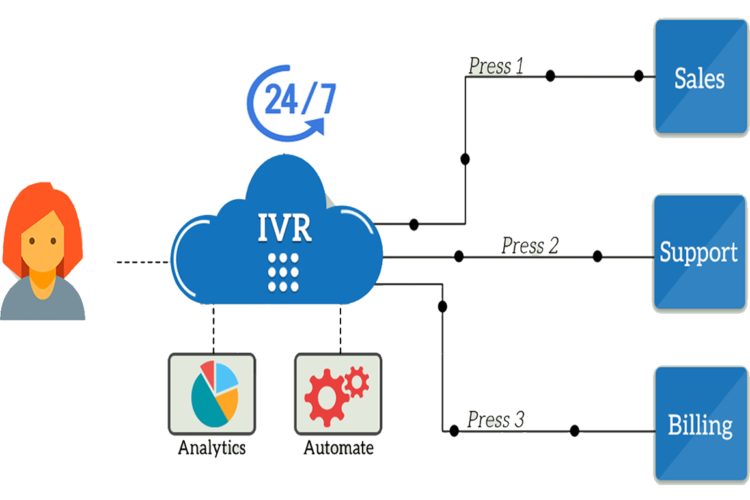
A React vs AngularJS comparison is a popular topic in technology area. React and AngularJS are both widely adopted JavaScript (JS) technologies that we use to create interactive single-page applications (SPAs). The number of JS tools for fast single-page application development is constantly growing, making the choice of which technology to rely on more challenging for us as web developers.
AngularJS is based on the three layers — Model, View, Controller, and provides many standard services, factories, controllers, and directives. We divide app code into several files and can reuse template or component in a different part of the website. ReactJS helps us update the View for the user and, with Flux, can control the application workflow. React offers freedom, but it comes at the cost of additional time spent designing the structure of an application.
Data Binding
Angular uses two-way data binding, it helps us write less boilerplate code to create interactions between components (the View and the Model). But Angular automatically creates a watcher for each binding and we may come to a point when an app is packed with too many watchers for bound elements. React uses one-way data binding and an application architecture called Flux controls the flow of data to components through one control point – the dispatcher. It’s easier to debug self-contained components of large ReactJS apps than it is with similarly large AngularJS applications.
Performance
Angular creates a watcher for each binding to track changes in the DOM. Once the View updates (becomes “dirty”), Angular compares the new value with the initial (bound) value and runs the $digest loop. The $digest loop then checks not only values that have actually changed, but also all others values that are tracked through watchers. This is why performance will decrease a lot if your application has too many watchers. Also AngularJS applies changes in the real DOM in the browser. When it gets updated, the browser has to change many internal values to represent a new DOM. This also has a negative impact on application performance. But it doesn’t mean we cannot create a fast application in AngularJS. React’s virtual DOM is one of the greatest advantages: ReactJS creates a lightweight DOM; with new data new virtual DOM is created and compared with previous one; rebuilds the virtual DOM once again, but with new changed HTML.
Resolving Dependencies
AngularJS uses a basic OOP pattern called dependency injection, when we write dependencies in a separate file. Dependency injection inherits any standard functions that we declare for an Angular factory or service. We only pass dependencies as parameters in any order in our functions. React doesn’t offer any concept of a built-in container for dependency injection. You can use Browserify, RequireJS, EcmaScript 6 modules which we can use via Babel, ReactJS-di to inject dependencies automatically.
Directives and Templates
With AngularJS we access the DOM only through directives – standard and self-created ones. Own directives are a powerful way to work with the DOM and to insert data into templates. ReactJS doesn’t offer division into templates and directives or template logic. The template logic should be written in the template itself.
If you want to develop your next project in Angular or react JS Feel free to contact us on leometric.com


